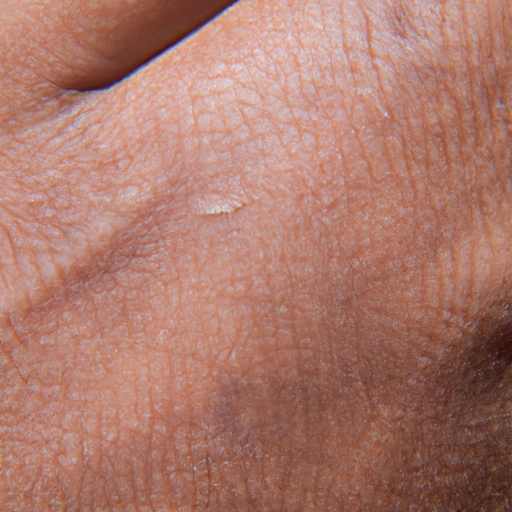As a dermatologist, I often encounter patients who are eager to achieve a radiant, glowing complexion. The quest for flawless skin is a universal one, and one of the most effective ways to achieve this is through regular face exfoliation. This article will serve as your essential guide to unmasking your skin’s natural radiance through proper exfoliation.
Exfoliation is the process of removing dead skin cells from the surface of your skin. These cells can accumulate over time, leading to a dull, lifeless complexion. By regularly exfoliating, you can reveal the fresh, healthy skin beneath, giving your face a more youthful and vibrant appearance.
There are two main types of exfoliation: physical and chemical. Physical exfoliation involves using a scrub, brush, or other tool to physically remove dead skin cells. This can be effective but must be done gently to avoid damaging the skin. Over-exfoliation can lead to redness, irritation, and even breakouts.
Chemical exfoliation, on the other hand, involves using products that contain certain acids or enzymes that dissolve dead skin cells. Alpha hydroxy acids (AHAs) like glycolic and lactic acid, beta hydroxy acids (BHAs) like salicylic acid, and enzymes like papain and bromelain are all common ingredients in chemical exfoliants. These products can be more gentle on the skin than physical exfoliants, but they still need to be used with caution.
Regardless of the type of exfoliant you choose, it’s crucial to start slow. Begin by exfoliating once or twice a week, and see how your skin responds. If your skin tolerates it well, you can gradually increase the frequency. However, most people don’t need to exfoliate more than two or three times a week.
It’s also important to choose an exfoliant that’s appropriate for your skin type. If you have oily or acne-prone skin, a BHA like salicylic acid can help unclog pores and reduce breakouts. If you have dry or sensitive skin, an AHA like lactic acid can help hydrate and soothe the skin while still providing effective exfoliation.
Exfoliation can make your skin more sensitive to the sun, so it’s crucial to wear sunscreen every day. Look for a broad-spectrum sunscreen with an SPF of at least 30, and reapply it every two hours when you’re in the sun.
Lastly, remember that exfoliation is just one part of a comprehensive skincare routine. You should also be cleansing your skin daily, moisturizing regularly, and using products that address your specific skin concerns.
In conclusion, exfoliation is a powerful tool for unmasking your skin’s natural radiance. By removing dead skin cells, you can reveal the fresh, healthy skin beneath and give your complexion a youthful glow. However, it’s important to exfoliate gently and responsibly to avoid damaging your skin. With the right approach, you can achieve the radiant skin you’ve always dreamed of.




